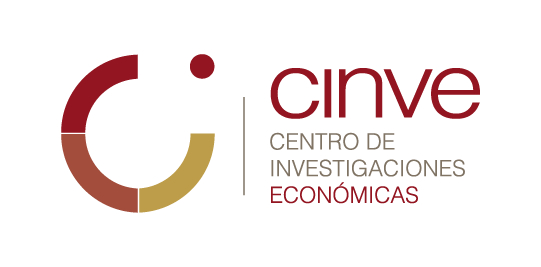One of the main challenges facing economic policy in the present is to find a strategy of sustained growth, which allows to achieve high rates of economic growth in the long term. Currently, the debate has been raised, both in academia and in public opinion, on the effectiveness of the management of the Real Exchange Rate (TCR) as a tool to promote economic growth. This debate arose from the sustained fall of the TCR in Uruguay since September 2002, which has given rise to questions about whether the Uruguayan economy faces a situation of “exchange lag” again.
The objective of this paper is to answer basically two questions. The first, if it is possible to define the TCR as a policy instrument, trying to keep it at a competitive level (that is, overvalued) with respect to the rest of the world. The second, if this strategy is effective to promote long-term economic growth.
The empirical work done answers the first question. The results allow us to affirm that compliance with the Purchase Power Parity (PPC) is verified in the long term. Using annual data, it was empirically verified (through two methodologies) that between 1913 and 2004 the PPC hypothesis is verified both for Uruguay, and for Argentina and Brazil. Additionally, analyzing a shorter period (1980 to 2005) and with monthly frequency data, it was found that the bilateral TCRs of Uruguay, Argentina and Brazil with the US share a single equilibrium relationship, in which the Uruguay TCR is caused by those of Argentina and Brazil. Thus, to the extent that the TCR is a variable that fluctuates around its equilibrium level, any policy that attempts to “artificially” keep the TCR outside that level would be unsustainable in the long term. This conclusion is reinforced with the medium-term analysis that shows that there is a sort of determination of the Uruguay TCR based on the evolution of those of neighboring countries.
With respect to the second question, which involves analyzing whether a competitive RER contributes to economic growth (thus understanding an overvalued TCR level, above its long-term equilibrium value), evidence has been found in the economic literature that undervalued TCR levels are negatively related to economic growth. On the other hand, although some evidence was found that overvalued levels of CRT have a favorable (albeit temporarily) impact on growth, this evidence is not robust. However, it was found that robust evidence that stable TCR levels favorably influence economic performance, while the volatility of the TCR significantly affects it.
These conclusions suggest that the discussion should focus on what would be the economic policy strategies that help reduce the fluctuations in the RER that affect long-term growth, rather than discussing what its most convenient level should be.
